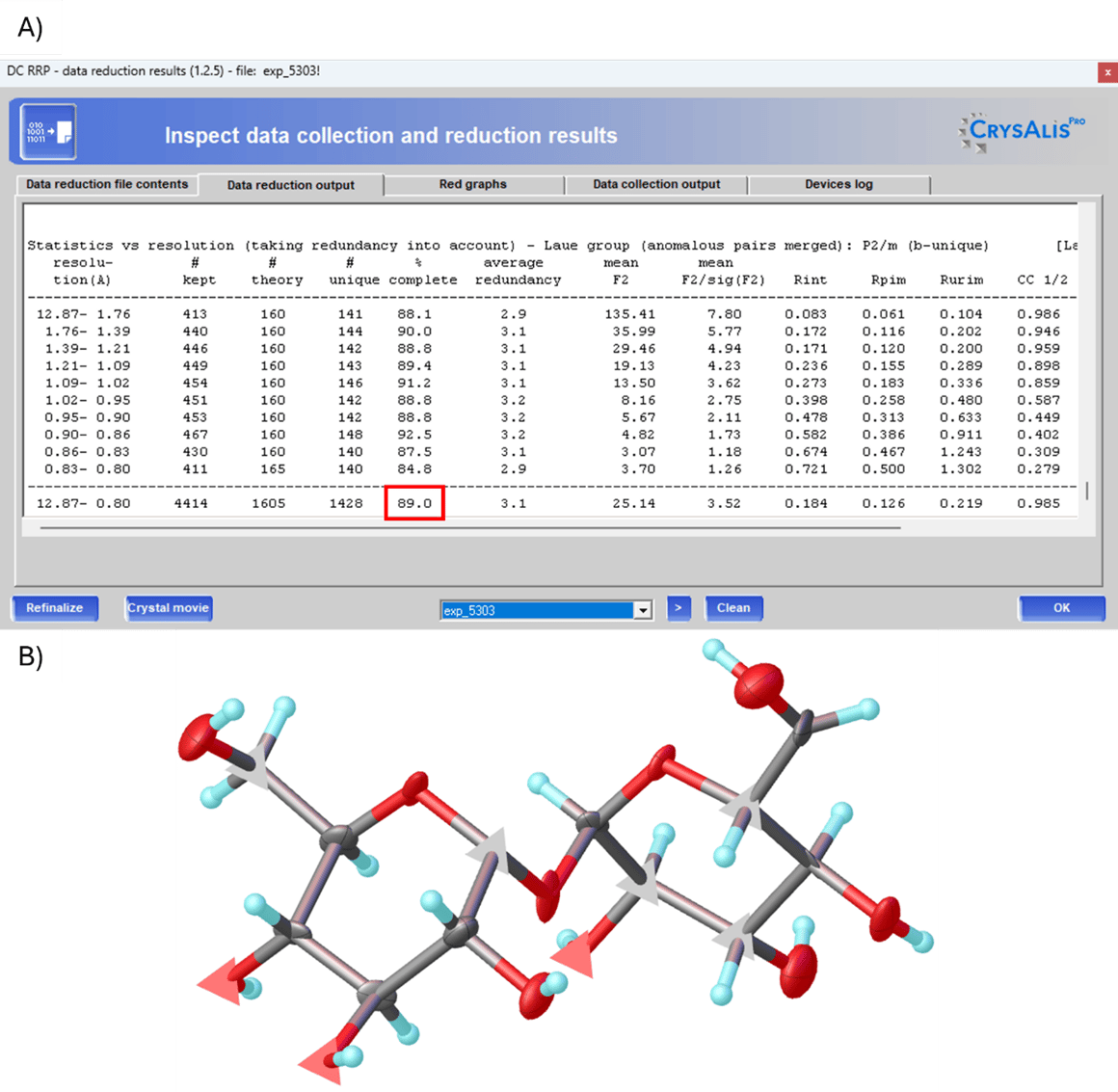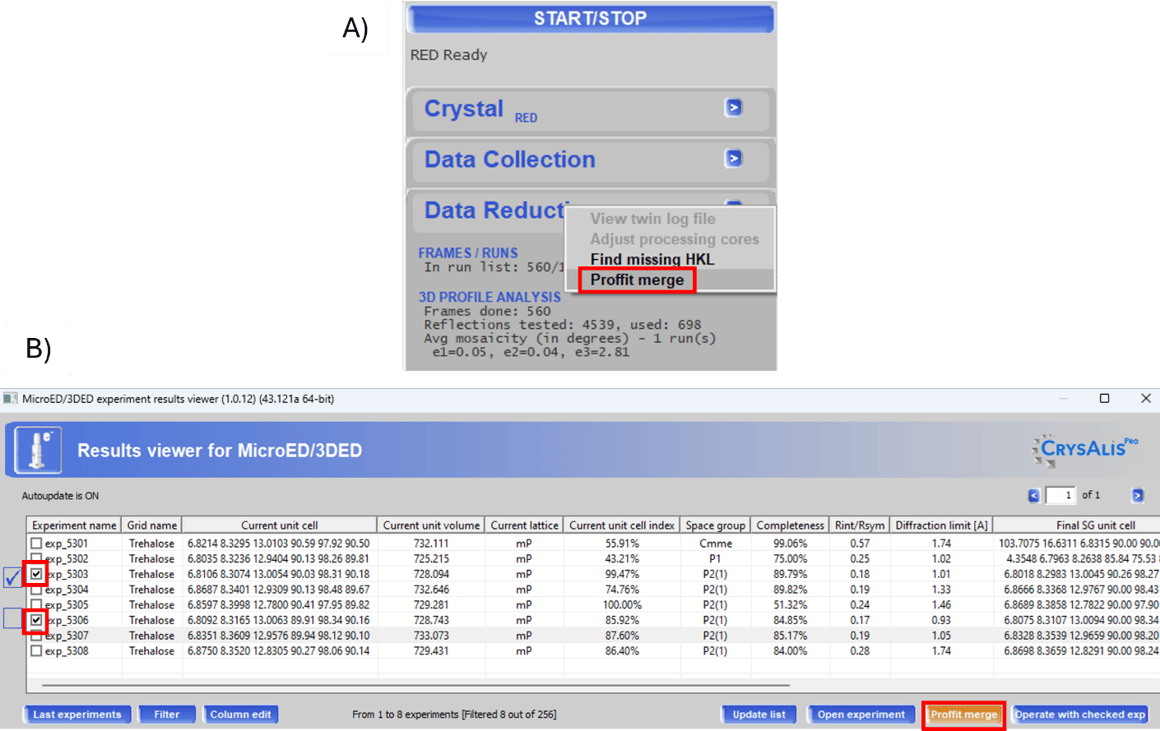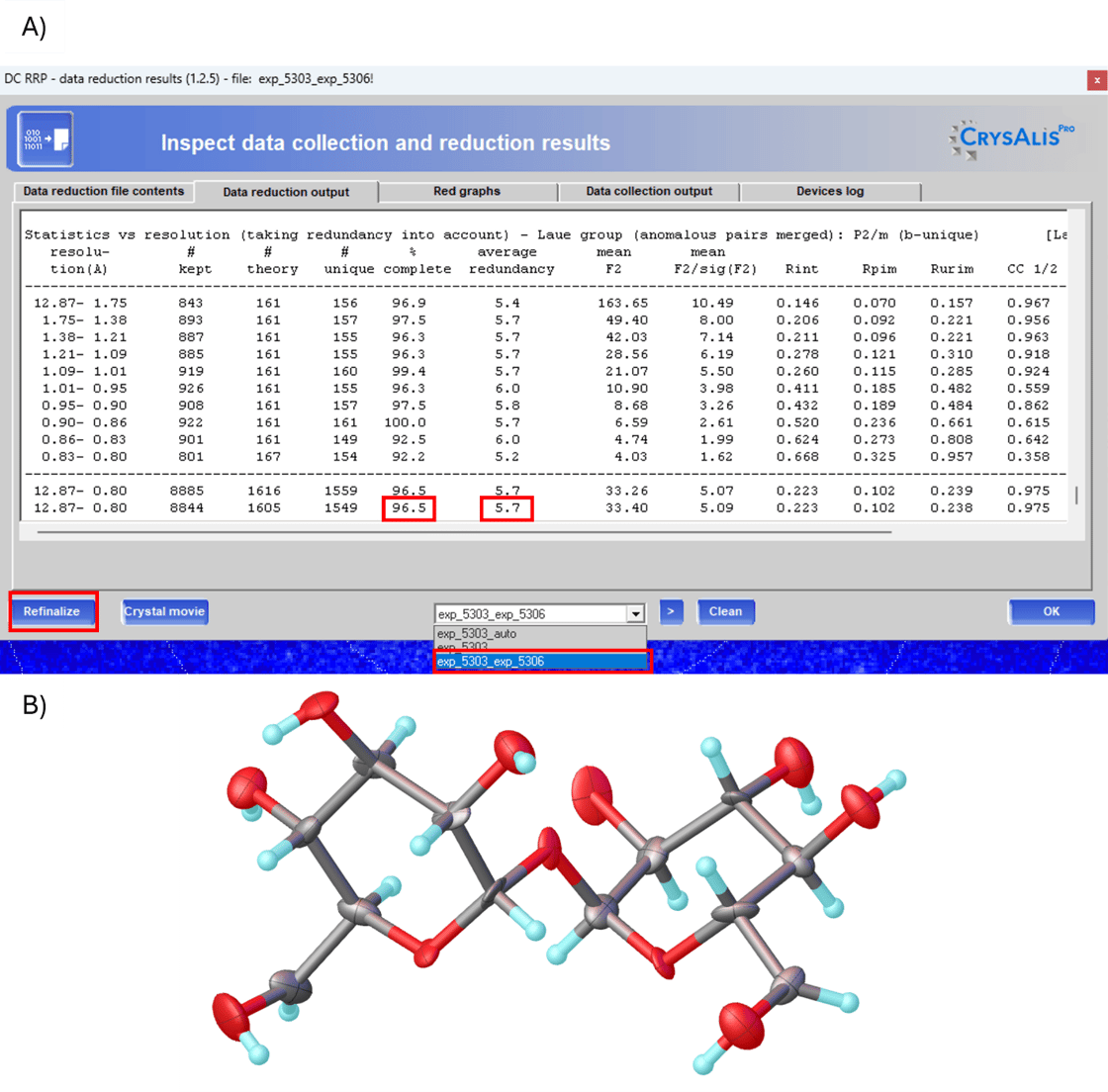Product of the Month
Rigaku has developed a series of 20–30 minute webinars that cover a broad range of topics in the fields of X-ray and electron diffraction, X-ray fluorescence and X-ray imaging. You can watch recordings of our past sessions here.
TOPIQ | The Support of Structural Science at Yale University Thursday, July 25, 2024 at 9 AM CDT / 10 AM EDT
In this webinar, Brandon Q. Mercado, Ph.D. will explore the comprehensive support for the advancement of structural science provided by The Chemical and Biophysical Instrumentation Center in the Chemistry Department at Yale University. His facility is equipped with state-of-the-art instrumentation, including single crystal X-ray diffractometers, powder diffractometers, small/wide-angle X-ray scattering systems, and micro-computed tomography (microCT). These resources enable scientists to conduct detailed analyses of crystalline structures, powders, and complex materials, facilitating a broad range of scientific investigations. Additionally, he is excited to announce the upcoming addition of an electron diffractometer, which will further enhance our capabilities. Brandon will share preliminary results obtained in collaboration with Rigaku and discuss the relevance to ongoing research projects, demonstrating the potential to obtain high-resolution, impactful structural data with electron diffractometers. This presentation aims to highlight the pivotal role his core facility plays in supporting cutting-edge structural science, fostering innovation, and driving scientific discovery within the university setting.
Upcoming Events:
American Crystallographic Association Annual Meeting, July 7-12, Denver, CO
38th Annual Symposium of The Protein Society, July 23-26, Vancouver, BC.
Denver X-ray Conference, August 5-9, Denver, CO
European Crystallographic Meeting 34, August 26-31, Padova, Italy
Second meeting of the Latin American Crystallographic Association (LACA), October 23-27, Mérida, Mexico To keep up to date on the latest news and events from Rigaku Oxford Diffraction, follow our Twitter feed. Join Us on LinkedInOur LinkedIn group shares information and fosters discussion about X-ray crystallography and SAXS topics. Connect with other research groups and receive updates on how they use these techniques in their own laboratories. You can also catch up on the latest newsletter or Rigaku Journal issue. We also hope that you will share information about your own research and laboratory groups. Rigaku X-ray ForumAt rigakuxrayforum.com you can find discussions about software, general crystallography issues and more. It’s also the place to download the latest version of Rigaku Oxford Diffraction’s CrysAlisPro software for single crystal data processing.
Application Lab in the Spotlight
Crystals in the News
Book ReviewReview: The Scientific Truth, the Whole Truth and Nothing but the Truth By John R. Helliwell ISBN 9781032521398
John R. Helliwell is well known to this community for his contributions to the field of crystallography, as well as being a dedicated educator and mentor, contributing to the training and development of the next generation of scientists. His commitment to the scientific community is reflected in his extensive publication record and his active participation in various scientific organizations and conferences.
His book emphasizes the distinction between accuracy and precision in scientific measurements. While precision refers to the consistency of repeated measurements, accuracy relates to how close a measurement is to the true value. My friend and former colleague Jim Pflugrath would also add that accuracy trumps precision.
John also discusses the importance of pragmatic approaches in scientific research. Sometimes, practical considerations (such as available resources or time constraints) influence the choice of methods and measurements. In keeping with the significant changes in structural science brought by AI, the book explores the application of machine learning and artificial intelligence to crystallography databases in biology and chemistry. These technologies can enhance data analysis and accelerate scientific discoveries.
This book is written for scientists at all stages of their careers but is directed at younger scientists. My only negative comment is that the book is rather expensive and will put a dent in a student’s limited budget. Even so, this book is particularly relevant for early career scientists and university students. It provides insights into scientific methodology, critical thinking, and the pursuit of truth.
Review by Joe Ferrara
|













